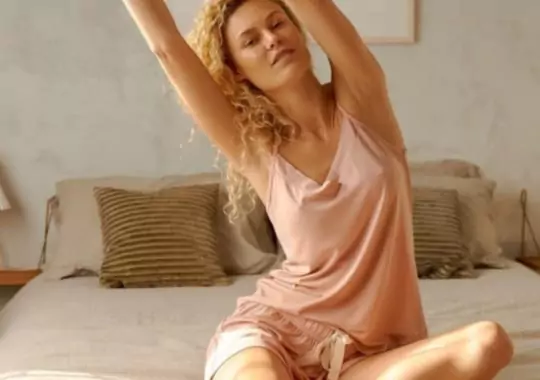Bamboo clothing has been hailed as a game-changer in the fashion industry, offering eco-conscious consumers an alternative to traditional textiles. With its reputation for being sustainable and comfortable, bamboo clothing has gained a devoted following. However, as with any innovation, there are always two sides to the story. We will delve deep into the what are the disadvantages of bamboo clothing.
As Amazon affiliates we may earn a commission if you purchase a product at no cost to you.
The Bamboo Revolution: A Quick Overview
Before we jump into the drawbacks, let's take a moment to understand what bamboo clothing is all about.
Bamboo clothing is made from bamboo fibers, which are processed and spun into yarn to create fabrics. These fabrics have gained popularity for several reasons:
Sustainability: Bamboo is a fast-growing plant that requires minimal water, pesticides, and fertilizers. It's often considered an environmentally friendly alternative to conventional cotton.
Comfort: Bamboo clothing is known for its softness and breathability, making it a popular choice for activewear, undergarments, and everyday apparel.
Hypoallergenic: Bamboo fibers are naturally hypoallergenic and can be a boon for individuals with sensitive skin.
Now that we have a brief understanding of bamboo clothes virtues, it's time to explore the flip side.

The Dark Side of Bamboo Clothing
Limited Durability
One of the most significant disadvantages of bamboo clothing is its limited durability. While bamboo fabrics are soft and comfortable, they are not as robust as some other materials. Here's why:
- Bamboo fibers are relatively short, which makes the resulting fabric less durable compared to textiles like cotton or polyester.
- Frequent washing can cause bamboo clothing to lose its shape and integrity over time, leading to pilling and thinning.
Question: What are the disadvantages of bamboo clothing when it comes to longevity?
Environmental Concerns
While bamboo clothing is often touted as an eco-friendly option, it's essential to consider the entire lifecycle of the product. Some environmental drawbacks include:
Chemical Processing: The manufacturing process of bamboo fabric often involves the use of chemicals, such as sodium hydroxide, which can have negative environmental impacts.
- Carbon Footprint: Bamboo clothing is primarily produced in Asia and transported worldwide, contributing to its carbon footprint due to long shipping distances.
Question: Are there any environmental disadvantages associated with bamboo clothing?
Limited Style Options
Another potential drawback of bamboo clothing is the limited range of styles and designs available. Here's why this can be a disadvantage:
- Bamboo fabric is best suited for casual and sporty clothing, which may not meet the fashion needs of everyone.
- The texture and drape of bamboo fabric can limit its versatility in high-fashion or formal wear.
Question: What are the limitations in terms of style when it comes to bamboo clothing?
Moisture Retention
While bamboo fabric is known for its moisture-wicking properties, it can also retain moisture under certain conditions:
- In humid environments, bamboo clothing may feel damp and uncomfortable.
- Bamboo fabric can lose its moisture-wicking capabilities over time with repeated washing.
Question: Are there any issues with moisture retention when wearing bamboo clothing?
Limited Color Options
When it comes to dyeing bamboo fabric, there's a catch:
- Bamboo fibers are naturally light in color, which limits the range of vibrant and dark shades that can be achieved.
- Achieving deep, long-lasting color in bamboo clothing may require more extensive chemical dyeing processes.

Question: What are the challenges associated with dyeing bamboo clothing?
Sourcing and Certification Challenges
Ensuring that bamboo clothing is genuinely eco-friendly and sustainable can be tricky:
- Some bamboo textiles may not come from sustainably managed bamboo forests, which raises concerns about deforestation.
- Certification of bamboo clothing can be inconsistent, making it challenging for consumers to make informed choices.
Recommended Article

Frequently Asked Questions FAQs
Is bamboo clothing completely biodegradable?
Bamboo clothing is biodegradable to some extent. However, the extent of biodegradability depends on the processing and finishing methods used.
Can bamboo clothing replace cotton in terms of sustainability?
While bamboo is considered more sustainable in terms of water usage, it may not entirely replace cotton due to its limitations in durability and versatility.
Are there any health concerns associated with wearing bamboo clothing?
Bamboo clothing is generally considered safe to wear. However, some individuals may experience skin irritation or allergies, as with any fabric.
Conclusion
So, what are the disadvantages of bamboo clothing? They include limited durability, environmental concerns, style constraints, moisture retention, limited color options, and sourcing challenges. By weighing these disadvantages against the benefits, you can decide whether bamboo clothing aligns with your values and needs.










